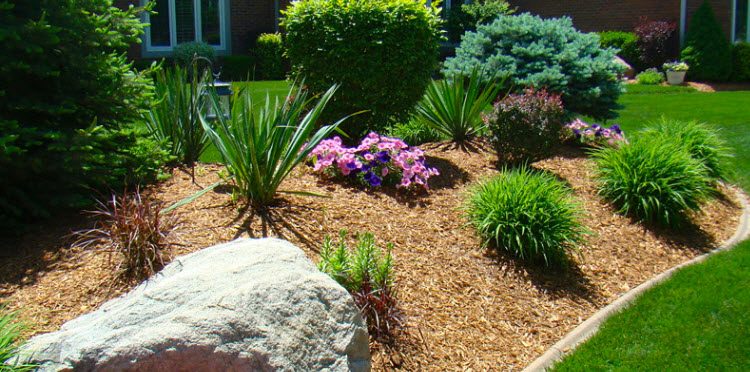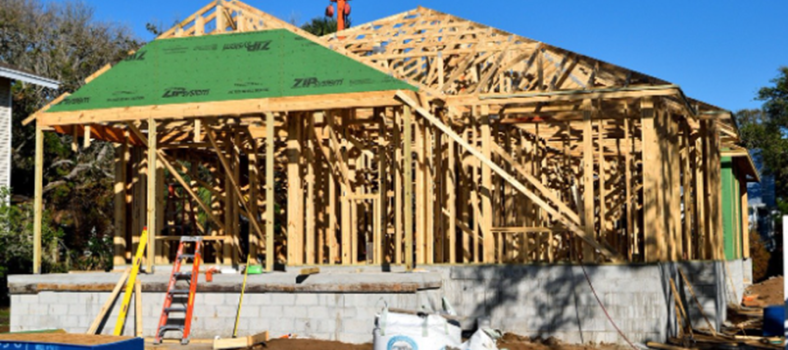How to Develop Garden Soil Using Wood Mulch
Using mulch for a garden is an effective way off preventing soil erosion, retaining moisture, restricting weed growth, and protecting plants from pests and diseases. It’s also convenient, as you can make it yourself by collecting and repurposing materials like food scraps and old newspaper.
Wood is also a popular choice for mulch, helping to establish a rich soil. Whether you use wood chips, sawdust or other residue, these materials can provide huge long term benefits for your garden. Even rotten pieces of wood can be used, helping to enhance the soil’s ability to retain nutrients and moisture. This results in bigger and better crops when growing fruits and vegetables.
Woody materials are also high in carbon and cellulose, meaning they need nitrogen and time to decompose. When you mix wood chips into your soil, the mulch will soak up the soil’s nitrogens and make the spot useful for gardening for a couple of seasons. However, it’s essential to follow particular steps when using wood for mulch. Read on to find out how to best develop garden soil using wood mulch.
Collect Wood
The first step is to collect pieces of wood from your home or from around your neighbourhood. Look out for wood piles outside people’s homes that have been put out on the street for others to collect. Some people may ask for a small donation in exchange, so it’s important to honour that. It’s also a good idea to keep an eye out for sawdust.
Sawdust is a great type of mulch for perennial crops, however it’s important to scatter organic fertiliser or poultry manure on the surface every time you put a new layer of mulch on. Sawdust is perfect for strawberries, raspberries and blueberries, making it an excellent choice when developing a vegetable garden.
Chop Up Wood
Once you’ve collected your tree branches, bark, wood trimmings or sawdust, it’s time to chop it all up. Put on safety glasses and process the wood and bark through a wood chipper in order to make mulch. If you don’t have a wood chipper, you can easily hire one from a hardware store. Bark and wood mulch can be used on its own or combined with leaf mulch.
It’s important to know that wood mulch is ideal for established gardens but shouldn’t be used with young plants. Out of all the other types of mulches available, wood decomposes slower, therefore making it a good option for long term use.
Use Straight Away
Once the wood has been chopped, it’s important to use it in your garden as soon as possible. If you have extra mulch, you can protect it by storing it in a ventilated barrel, a large bag with air holes, or spread out on a tarp and covered from the elements. Once the woody mulch is ready, you can also combine it with other mulch materials from around your yard.
Keep in mind that the longer the mulch is stored for, the more nutrients it will lose over time. Mulch that’s stored in low ventilation areas will begin to ferment and release toxins that can be deadly to plants.
Dispose of Old Mulch
Before you put new mulch on your garden, you must first dispose of the old mulch. When spring time comes around, you must remove the old winter mulch that protected the garden during the colder months. Winter mulches don’t decompose as quickly as summer mulches, so it’s important to remove it so you can add more nutrient-rich mulches to the soil.
In summer, wood mulch will help your garden to retain moisture and help to keep roots cool, while in winter mulch needs to protect plants from frost and help the soil stay warm. It’s also essential to pull out any weeds before adding new mulch, or else the mulch will protect the weeds and allow them to grow. This creates unwanted competition for the plants you’re actually trying to grow.
Make a Well Around the Base of Your Plants
Finally, after you spread the mulch out, make a well around the base of your plants. This is especially important in shady areas in order to protect plants from mould and insects. Not only does it allow air to circulate, but it also lets plants get the water they need.
For more information or to arrange soil delivery in Melbourne, call us on 1300 685 249, complete our online enquiry form, or send an email to [email protected].






No Comment